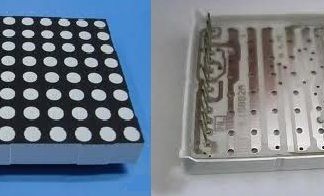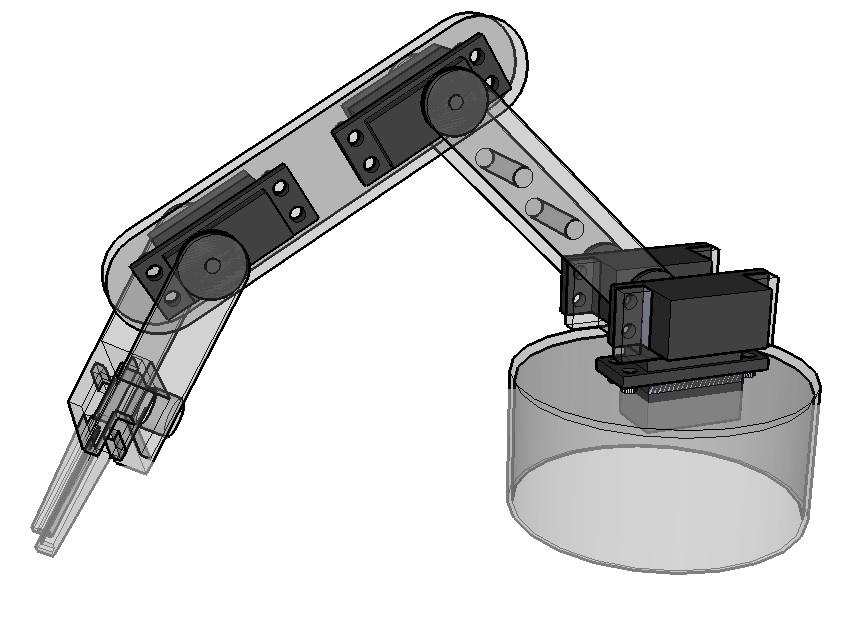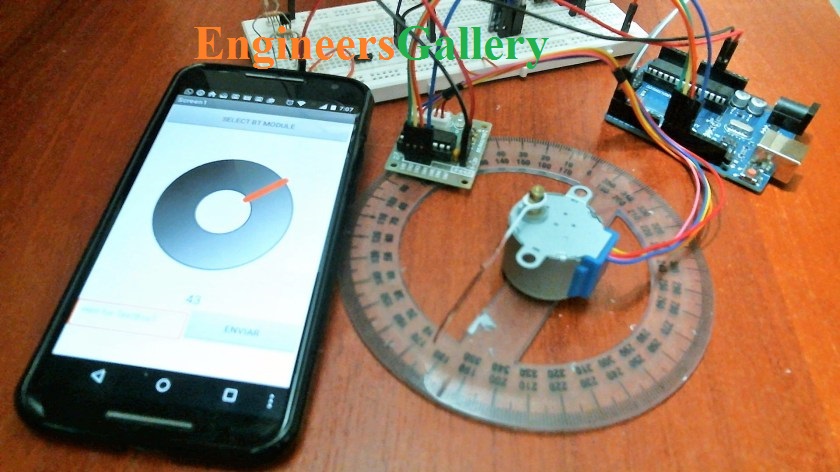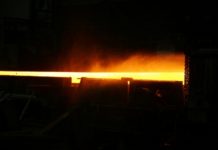INTRODUCTION TO EXTRUSION TECHNOLOGY
Extrusion is a process in which the metal is subjected to plastic flow by enclosing the metal in a closed chamber in which the only opening provided is through a die.The material is usually treated so that it can undergo plastic deformation at a sufficiently rapid rate and may be squeezed out of the hole in the die. In the process the metal assumes the opening provided in the die and comes out as a long strip with the same cross-section as the die-opening. Incidentally, the metal strip produced will have a longitudi- nal grain flow.
The process of extrusion is most commonly used for the manufacture of solid and hollow sec- tions of nonferrous metals and alloys e.g., aluminium, aluminium-magnesium alloys, magnesium and its alloys, copper, brass and bronze etc. However, some steel products are also made by extrusion. The stock or the material to be extruded is in the shape of cast ingots or billets. Extrusion may be done hot or cold. The cross-sections of extruded products vary widely. Some of these sections are shown in Fig.
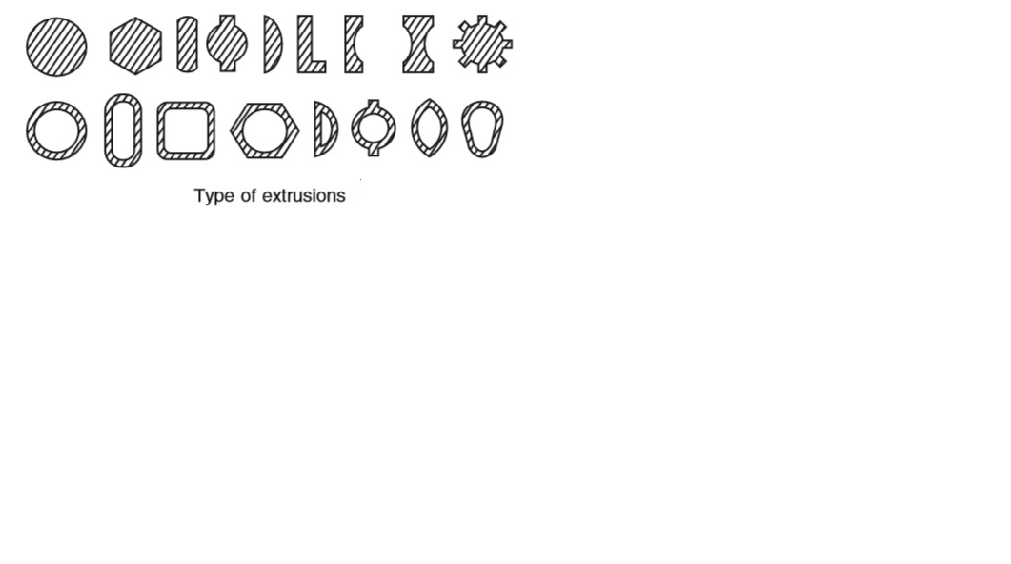
Some advantages of extrusion process are described below:
(i) The complexity and range of parts which can be produced by extrusion process is very large. Dies are relative simple and easy to make.
(ii) The extrusion process is complete in one pass only. This is not so in case of rolling, amount of reduction in extrusion is very large indeed. Extrusion process can be easily automated.
(iii) Large diameter, hollow products, thin walled tubes etc. are easily produced by extrusion process.
(iv) Good surface finish and excellent dimensional and geometrical accuracy is the hall mark of extruded products. This cannot be matched by rolling.
Pressure required for extrusion depends upon the strength of material and upon the extrusion temperature. It will reduce if the material is hot. It will also depend upon the reduction in cross-section required and the speed of extrusion. There is a limit to the extrusion speed. If extrusion is done at a high speed, the metal may crack. The reduction of cross-sectional area required is also called “extrusion ratio”. There is a limit to this also. For steel extruded hot, this ratio should not exceed 40 : 1, but for aluminium extruded hot it can be as high as 400 : 1.
EXTRUSION PROCESSES
Extrusion processes can be classified as followed:
(A) Hot Extrusion
(i) Forward or Direct extrusion.
(ii) Backward or Indirect extrusion.
(B) Cold Extrusion
(i) Hooker extrusion.
(ii) Hydrostatic extrusion.
(iii) Impact extrusion.
(iv) Cold extrusion forging.



